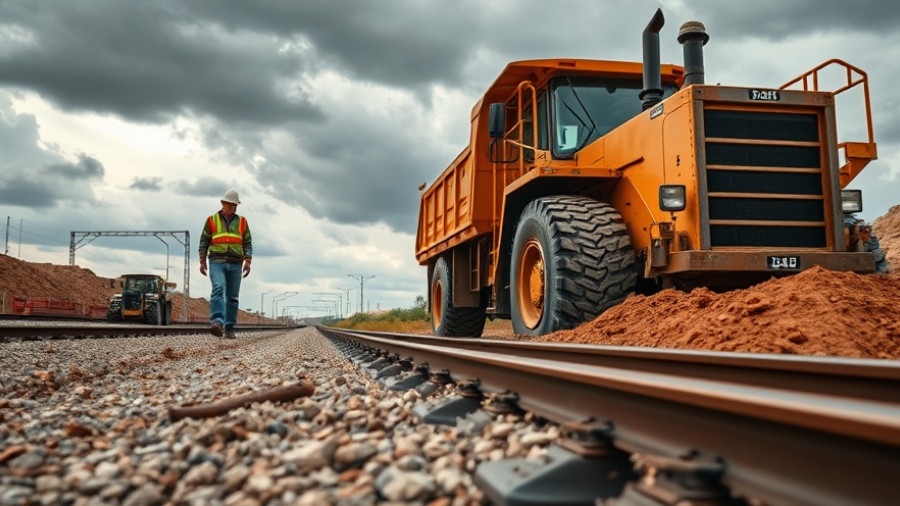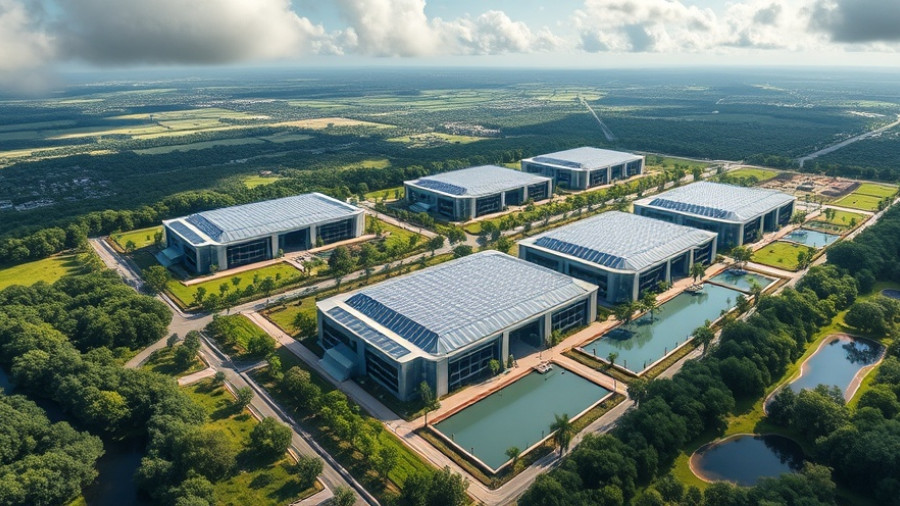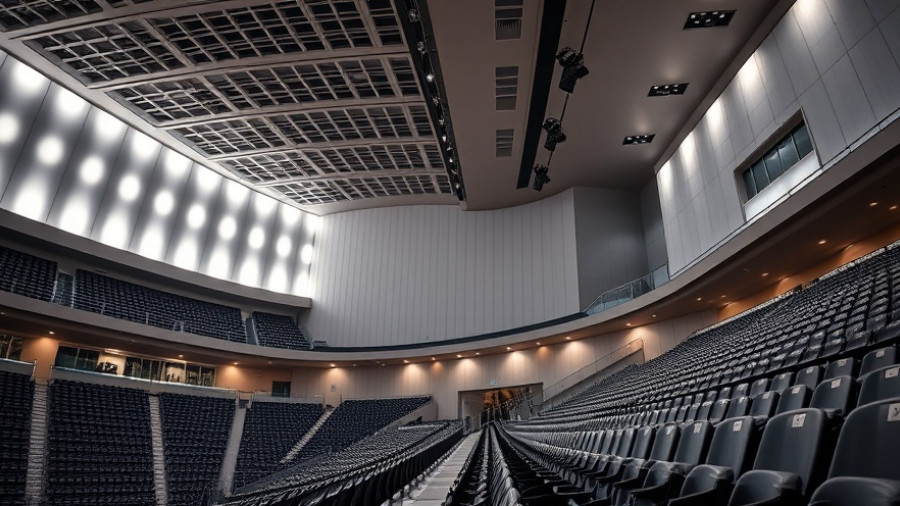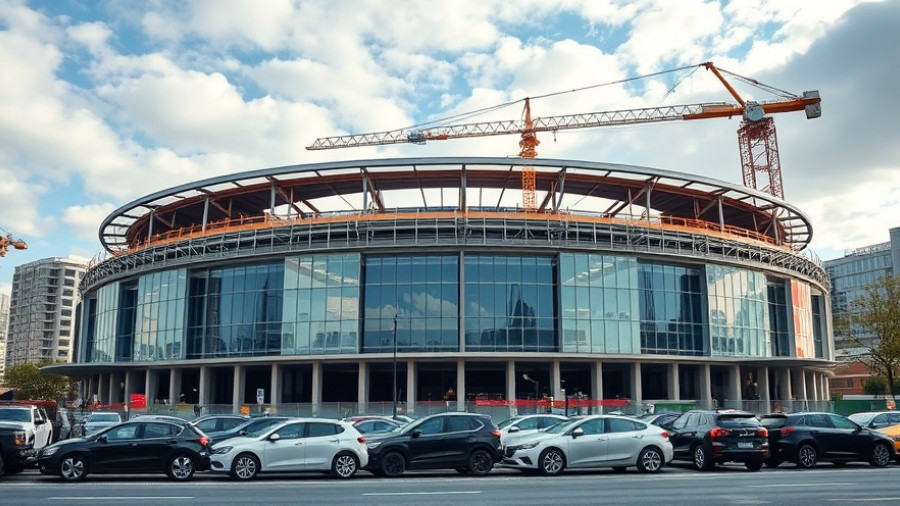
California High-Speed Rail: New Leadership, New Vision
The California High-Speed Rail project, touted as a transformative infrastructure venture, has suffered a long-standing identity crisis characterized by escalating costs, delays, and political pushback. Appointed CEO Ian Choudri in 2024, he encapsulates a renewed vision aimed at addressing these historic dilemmas. A construction engineer with a formidable background in large-scale rail projects, Choudri has initiated a strategic overhaul of the organization.
Choudri emphasizes, “It’s time to build more and go forward,” and this forward-thinking approach has already led to the hiring of a specialized leadership team with extensive experience in rail construction. This move signals a commitment to refining organizational structure and tackling funding challenges head-on. As the project gears up for a more streamlined approach, Choudri pursues compliance with competitive engineering standards that parallel successful models in Europe and Japan.
Challenges in Funding and Project Scope
Despite Choudri's optimism, the California High-Speed Rail project faces daunting hurdles. Originally projected to cost $33 billion and be operational by 2020, estimates have ballooned to $128 billion with an operational target now set for 2038. Recent reports indicate that the project has already consumed over $15 billion without laying a single mile of track, highlighting a critical disconnect between the initial promise and current reality.
The challenge intensified when the Federal Railroad Administration (FRA) announced the withdrawal of $4 billion in federal funding due to consistent delays and financial mismanagement. Choudri must navigate these challenges while also courting private investment to fill the fiscal gap that the public sector alone cannot cover. While Governor Gavin Newsom proposed $1 billion in annual funding, the overarching need for diverse financial support remains critical for the project’s survival.
The Role of Political Will and Public Trust
Political dynamics play a significant role in the future of California's high-speed rail ambitions. With vocal bipartisan criticism aimed at the project's viability, restoring public trust is paramount. The current leadership under Choudri is keenly aware of this sentiment; hence, his emphasis on open dialogue with the state legislature and stakeholders is a vital tactic in rebuilding confidence.
Senator Dave Cortese and Governor Newsom have expressed support for the initiative, arguing that high-speed rail is integral to California’s capacity for leading the nation in clean transportation. Cortese states, “We’re here today because high-speed rail is California’s opportunity to lead the nation in clean, fast, and safe public transit.” This collaborative stance indicates a potential pathway forward, yet it remains wrapped in ambiguity as stakeholders await concrete actions and timelines.
Looking Ahead: Future Opportunities and Predictions
Choudri’s plan of action incorporates a clear roadmap intended to mitigate the red flags that have historically plagued the project. One possibility is the revised focus on a streamlined route, limiting the initial segment to Merced through Bakersfield, which may be less costly and more achievable than the previously expansive original vision. However, should these segments become operational, every mile gained will reinforce the project’s credibility.
The projected timeline and funding strategies remain points of contention in discussions, where any misstep could derail progress entirely. It is imperative for Choudri to establish key partnerships and secure funding to fuel project momentum, which will ultimately derive from both public assurance and private investment.
Conclusion: The Time For Action is Now
In a crucial moment for the California High-Speed Rail, the leadership transition under Ian Choudri heralds a potential turnaround aimed at revitalizing a project once deemed an engineering marvel. Transparent communication with stakeholders, stringent adherence to budgetary constraints, and innovative engineering will be essential to render this ambitious initiative not just a dream, but a reality. By laying the groundwork for collaboration and support, California can reclaim its status as a leader in modern transportation.
If you are a decision-maker influenced by or involved in commercial construction, staying tuned to the California High-Speed Rail project will not only impact public transit dynamics but could also shape investment opportunities in the broader infrastructure landscape.
 Add Row
Add Row  Add
Add 




Write A Comment